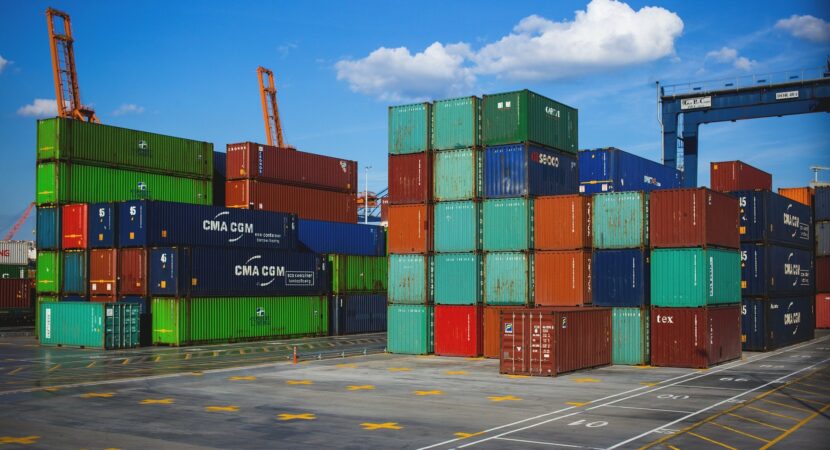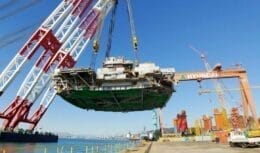
High inflation is one of the factors that trigger industrial stagnation. Despite the deflation faced in July, the accumulated IPCA is still in double digits, around 10,07%. July's deflation was greater than that seen in 1998. This reflected directly on industrial growth.
In this Tuesday, August 09th: IBGE, Brazilian Institute of Geography and Statistics, announced a survey carried out by the Monthly Industrial Survey (PIM Regional) which shows that more than a third of all states had a drop in production and industrial growth, with some of them above the national average, which also fell. Meanwhile, Pará (PA) was the leader in production, followed by Bahia (BA), Pernambuco (PE), São Paulo (SP) and, finally, Santa Catarina (SC), which almost remained stagnant with an increase of only 0,2%. The impacts of inflation fell on companies.
The national index had a retreat, in July, of 0,4%, after four months of increase. The biggest drop happened in the state of Mato Grosso (MT), which showed a negative variation of at least 2,8%. In second place was the state of the Rio de Janeiro - RJ), which presented a variation of 2,4% and, finally, Espírito Santo (ES) with a decrease of 2,3%. Other states and regions that presented results below expectations were:
- Amazonas (AM), which dropped about -1,6% in its industrial productivity
- Ceara (CE), which dropped about -1,4% in its industrial productivity
- Northeast Region, which dropped around -0,6% in its industrial productivity
- Rio Grande do Sul (RS), which dropped about -0,5% in its industrial productivity
Pará (PA) had an increase in industrial productivity of at least 9,8% after having declined more than 13%
O Pará (PA) was one of the highlights of the month of July, which dropped 13% in May and recovered after two months, rising 9,8%. After this state, we can mention the others that also increased their productivity:
- Bahia (BA), which increased industrial productivity by about 2,4%
- Pernambuco (PE), which increased industrial productivity by about 1%
- Sao Paulo-SP), which increased industrial productivity by about 0,8%
- Santa Catarina (SC), which increased industrial productivity by about 0,2%.
Rio de Janeiro (RJ) shows consecutive negative accumulated for the second month
While the other states show alternating rates of increase and decrease, Rio de Janeiro (RJ) presents its second consecutive decrease in the month of July, in which it accumulated a loss of 6,8% of its entire industrial productivity. Despite this, the state is currently becoming a reference in offshore contracting, that is, to operate off the coast, mainly in the city of Macaé.
While some states remain stagnant, inflation is also eating away at civil construction
O cumulative inflation for the civil construction sector from January to the month of July it reaches 9,11%. That is, it is not just industries that are facing problems with the price increases: now, almost half of the amount spent on a square meter is allocated to the workforce of professionals working in the sector.
More on PIM Regional's survey and industrial growth
A Regional PIM is a survey carried out since the year 1970 that shows the short-term productivity of industries in Brazil and what is being its high growth from investments made on a national scale. Monthly, they bring data on several Brazilian states that have at least 1% of the entire national industrial capacity, grouping 14 federations.








